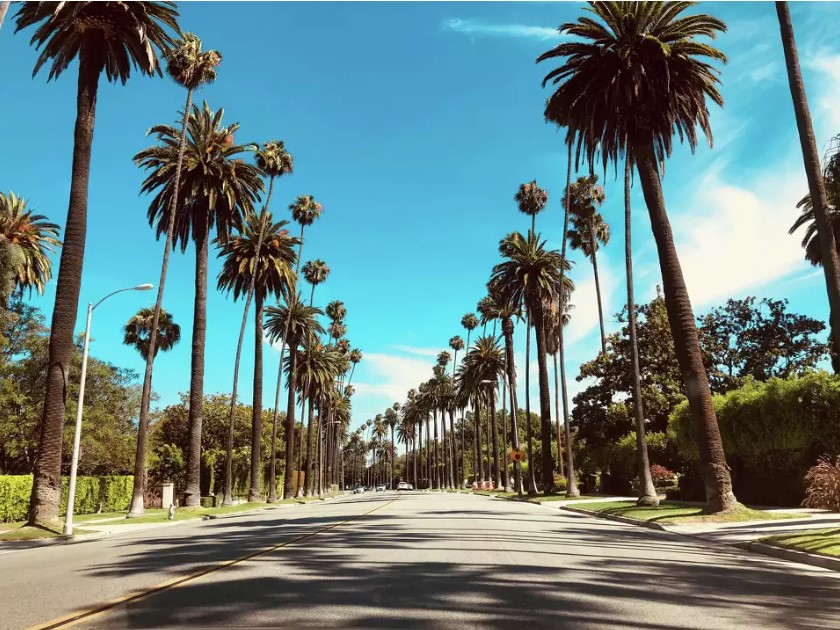 Many palm species are known to be receptive to embers and once ignited, difficult to extinguish. Poorly maintained palms present an even greater hazard in the amount of ember production as well as the size and distance they can travel during wind driven wildfires. Size of the embers can vary from small masses of fibers to entire fronds. What we have learned about the dangers of embers and the distance they can travel suggests we should avoid using palms in known fire hazard severity zones.
Many palm species are known to be receptive to embers and once ignited, difficult to extinguish. Poorly maintained palms present an even greater hazard in the amount of ember production as well as the size and distance they can travel during wind driven wildfires. Size of the embers can vary from small masses of fibers to entire fronds. What we have learned about the dangers of embers and the distance they can travel suggests we should avoid using palms in known fire hazard severity zones.
Assembly Bill 3074
https://bof.fire.ca.gov/media/54flflkr/wkshp-3-valachovic-presentation_ada.pdf
The following will assist designers and architects with properly locating and selecting palms should they be existing or proposed. Again, many palms are a known hazard, and their use is highly discouraged. Note: There are hundreds of palm species in cultivation, however, it is impractical to identify each one and their appropriate planting location. Fuel Modification plan checkers will evaluate each plan according to the Plant Selection Guidelines considering density and arrangement first, then species selection and location in relation to the structure second.
Existing Palms
- Removal is necessary for palms listed in the High Hazard list if the palms are located in Zone A, especially if abutting or overhanging a structure.
- Removal is recommended for palms listed in the High Hazard list if they are located anywhere in Zone B.
- Annual pruning and skinning of High Hazard palms is necessary in all zones if removal is not an option. Proposed Zone A Plantings
- Palms identified in the High Hazard list are not allowed in Zone A
- Limit palm species in Zone A to those maturing to less than 10’ in height.
- Choose naturally solitary species over naturally clumping species.
- Keep all palm species a minimum of 30’ from any structure.
- Annual pruning of dead fronds and skinning of leaf bases and fibers is required maintenance. Proposed Zone B /C Plantings
- Palms listed in the High Hazard list are allowed if planted 50’ from structures
- Use large palms sparingly.
- Choose smaller palm species maturing to less than 30’
- Choose slower growing palms.
- Annual pruning of dead fronds and skinning of leaf bases and fibers is required maintenance.
High Hazard Palm Species Note: The following list identifies the most commonly cultivated and used species. Other hazardous species exist and will be evaluated during plan check. If the genus is listed followed by species, this indicates all species within that genus are problematic to some degree. Caryota species, Fishtail palms Chamaerops humilis, Mediterranean Fan Palm Phoenix species (P. canariensis, P. dactylifera, P. reclinata should be avoided entirely), Date Palms Trachycarpus fortunei, Windmill Palm Washingtonia filifera, California Fan Palm Washingtonia robusta (Extremely large, avoid entirely), Fan Palm Brahea/Erythea species
https://eos.org/articles/iconic-palms-add-to-fire-danger-in-southern-california



